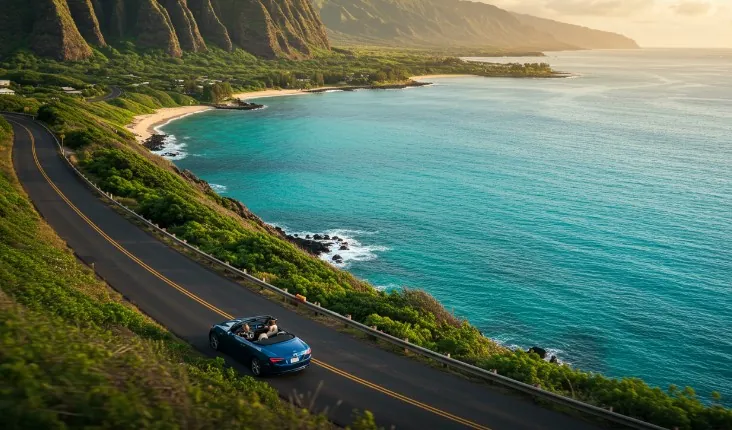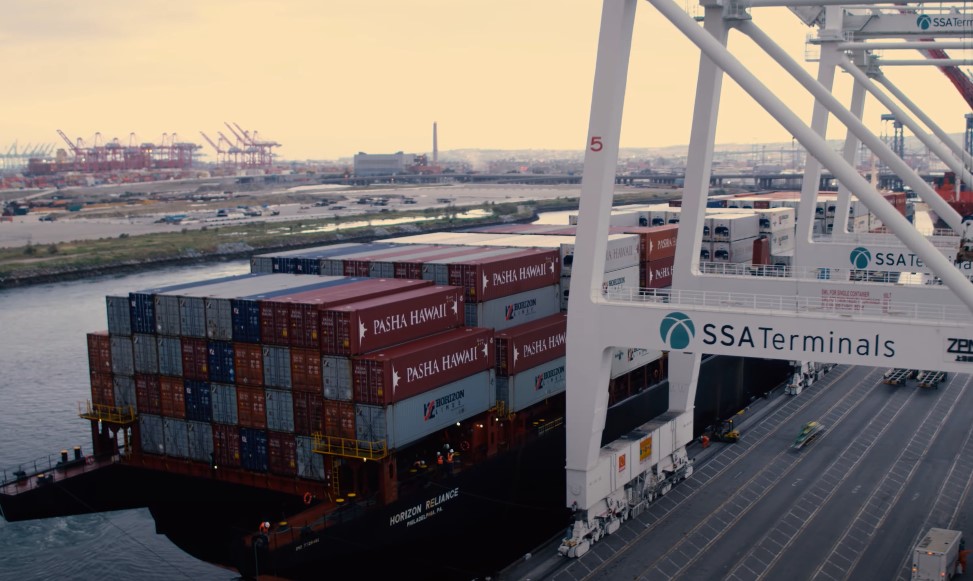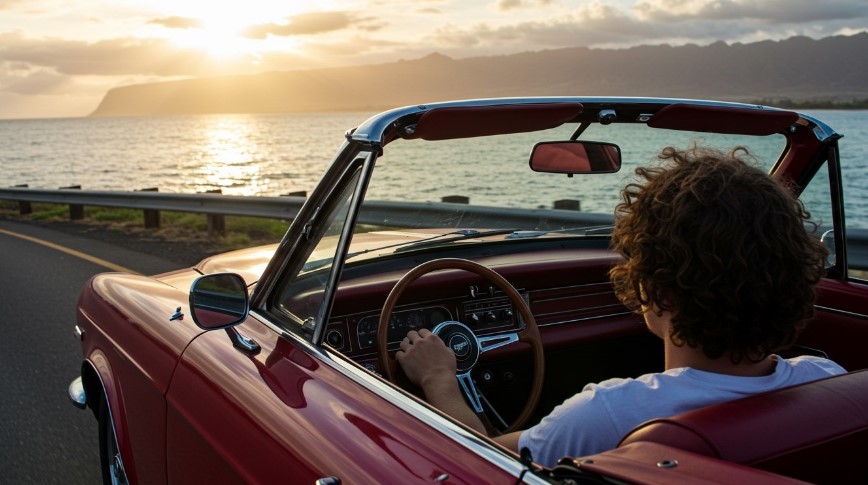
Share Post:
Should you ship your car to Hawaii for a short-term vacation? It’s tempting to think driving your own vehicle around the islands might simplify things.
But when costs, timing, and logistics are factored in, one conclusion becomes clear: probably not, and here’s why.
Without further ado, let us talk about it.
Table of Contents
ToggleHigh Shipping Costs That Rarely Justify a Vacation

Shipping a car to Hawaii isn’t as easy or affordable as some hope. Even on the low end, expect to spend anywhere between $1,500 and $3,500 just to get your vehicle across the ocean. That’s only the baseline cost and doesn’t account for multiple hidden or indirect expenses.
Rates fluctuate depending on the departure port and the size or weight of your vehicle. Larger trucks, full-size SUVs, and lifted vehicles typically require higher fees due to added space and weight on the carrier.
Expenses extend well past that initial shipping quote. When factoring in the full picture, it’s clear the total bill climbs fast. Key cost components include:
- Door-to-door service: Adds convenience but inflates the price, especially if your home isn’t near a major port.
- Inland transport to departure ports: Drivers in cities like Denver or Chicago might need to pay an additional shipping company just to get their car to the West Coast.
- Marine insurance: Often optional but highly recommended—adds another $100 to $300 depending on vehicle value.
- Port fees and documentation charges: Vary by company and location but may add unexpected expenses on both ends.
A quick one- or two-week trip? That’s where logic breaks down fast. Return on investment drops significantly when your stay is shorter than the time and money spent prepping for the car’s arrival.
For short-term travel, the shipping cost is almost always disproportionate to any potential convenience.
Meanwhile, reputable rental options like Mauka Hualalai Rentals offer well-maintained vehicles right on arrival, with zero shipping drama.
Deciding to ship a vehicle for a short visit often turns into a financial misstep. Most travelers will benefit more from skipping the shipment entirely and using that budget for better accommodations, local tours, or simply enjoying more of the island without added stress.
Time Delays and Planning Hassles

Shipping a car to Hawaii requires more than just placing an order. It’s a multi-week commitment.
Port congestion, limited carrier schedules, and unpredictable weather conditions stretch the process across 2 to 4 weeks. That doesn’t even factor in everything you need to handle before the car moves an inch.
Preparation eats up time and energy. Vehicle inspections must be passed. Emission standards have to be met. Shipping companies often demand specific steps be followed before the vehicle is accepted at the port.
Advance planning becomes non-negotiable. Carriers and ports demand that several conditions are met:
- Fuel levels must be low, usually around a quarter tank or less
- Interiors must be spotless, free of any personal items, trash, or loose objects
- Paperwork must be exact, including title documents, ID verification, and clearance forms
- Mechanical condition must be sound, as vehicles with leaks or mechanical issues may be refused
Port-to-Port Logistics: Inconvenient and Unpredictable
Only select ports on the continental U.S. even ship to Hawaii. If you don’t live near places like Los Angeles, Oakland, or Seattle, your car must first be trucked to those ports.
That adds:
- Extra transport fees, sometimes in the four-figure range
- Longer timelines, with additional risks for delays or damage
- Coordination headaches, involving two separate shipping schedules
Navigating port operations brings a different kind of stress. Ports aren’t exactly tourist-friendly. Facilities are industrial, often poorly signed, and frequently overwhelmed during seasonal surges.
Dropping off or picking up your car means navigating through:
- Disorganized queues, especially during peak shipping months
- Limited customer support, with long hold times and inconsistent instructions
- Strict appointment slots, leaving no room for last-minute changes
Hidden costs are another unwelcome surprise. Many travelers report unexpected final charges handed over at departure points, not the destination.
These may include:
- Processing fees, often not listed upfront
- Additional insurance requirements, sometimes mandatory at port entry
- Re-inspection or cleaning charges, due to small oversights on cleanliness
Hawaii’s Terrain & Traffic May Not Suit Your Vehicle

Mainland cars aren’t always a great match for island conditions. Narrow roads and tight parking spaces are standard across most islands.
Larger vehicles—especially trucks or full-size SUVs—become burdensome in compact lots and crowded resort areas. Trying to navigate local roads with a bulky ride turns everyday drives into constant maneuvering exercises.
Parking is rarely convenient. Many public lots are undersized, and some accommodations don’t offer free parking at all. Once you’re out sightseeing or shopping, finding a space for a big vehicle becomes a challenge.
Hawaii’s environment accelerates wear. Salt air and high humidity levels are especially tough on older vehicles or those without rustproofing. Volcanic debris and occasional rainstorms worsen the situation.
Even during a short visit, your vehicle can suffer lasting damage. Key concerns include:
- Corrosion on undercarriages and exposed metal
- Electrical issues caused by humidity buildup
- Paint damage due to salt deposits and sun exposure
Vehicles designed for long mainland commutes simply feel out of place. Traffic moves slowly, and most drives are short. High-performance engines, wide suspensions, and luxury features rarely see use on Hawaiian roads. Even Florida has better roads, which is interesting. Fuel efficiency also becomes an issue—many island gas prices rank among the highest in the country.
The Final Verdict
Costs stack up fast. Logistics get messy. Ports bring confusion. And Hawaii’s roads may not welcome your car with open arms. The dream of cruising paradise in your own ride quickly unravels under pressure.
Opting to leave your car at home is more than smart—it’s sanity-saving. Spend less, worry less, and focus more on the experience. Local rentals, rideshares, and public transport handle the rest. Your vacation should feel like a break, not a shipping operation.
Related Posts:
- Subaru CarPlay Not Working: 5 Common Reasons & Solutions
- Is Your Old Car Worth Anything? How to Determine Its Value
- Is the 2025 Ford Expedition Worth Its Price? An…
- Is the Cost of Installing a Level 2 Charger Worth It…
- 15 Best Electric Cars Under $50,000 in 2025 -…
- Is Synthetic Oil Really Worth It? Pros and Cons Compared







